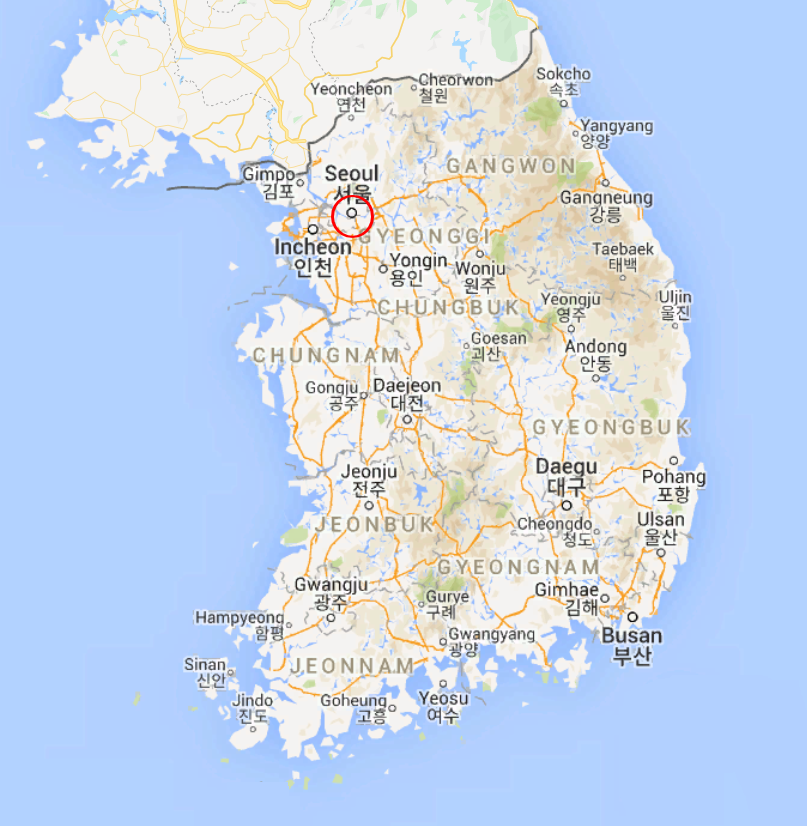
Our last stop in South Korea, and not the least, was Seoul, the capital. With its almost 10 million inhabitants, it accounts for 1/5 of the population of South Korea.
Seoul is both a very dynamic city, at the cutting edge of technology and which never sleeps, and also a city of traditions.
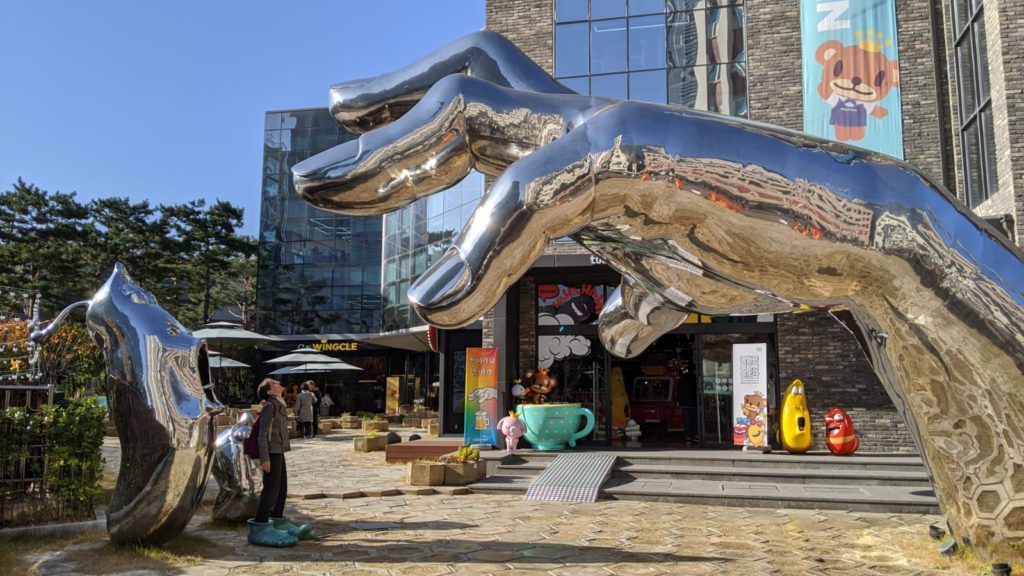
First of all, Seoul is well-known for its five grand palaces, built by the kings of the Joseon dynasty. To visit these palaces (as well as the Jongmyo sanctuary), it is possible to buy a pass for 10,000 won, which gives you access to all of these sites.
- Gyeongbokgung, which is the most famous and most visited palace for tourists, where many people come in traditional costume (hanbok) to take photos.
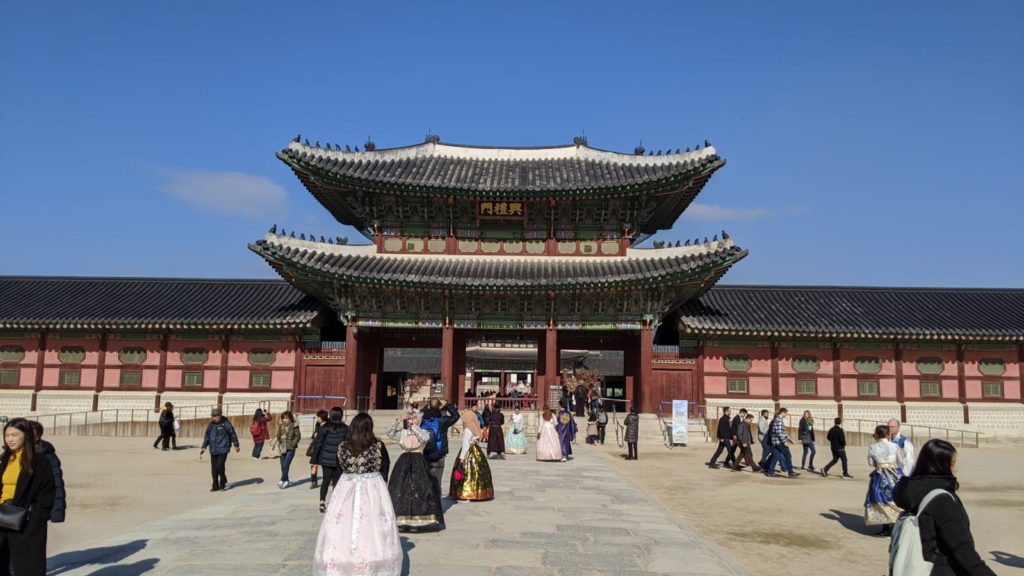
- Changdeokgung, registered in the world cultural heritage of UNESCO since 1997, whose gardens (Huwon) are also accessible during a guided tour.
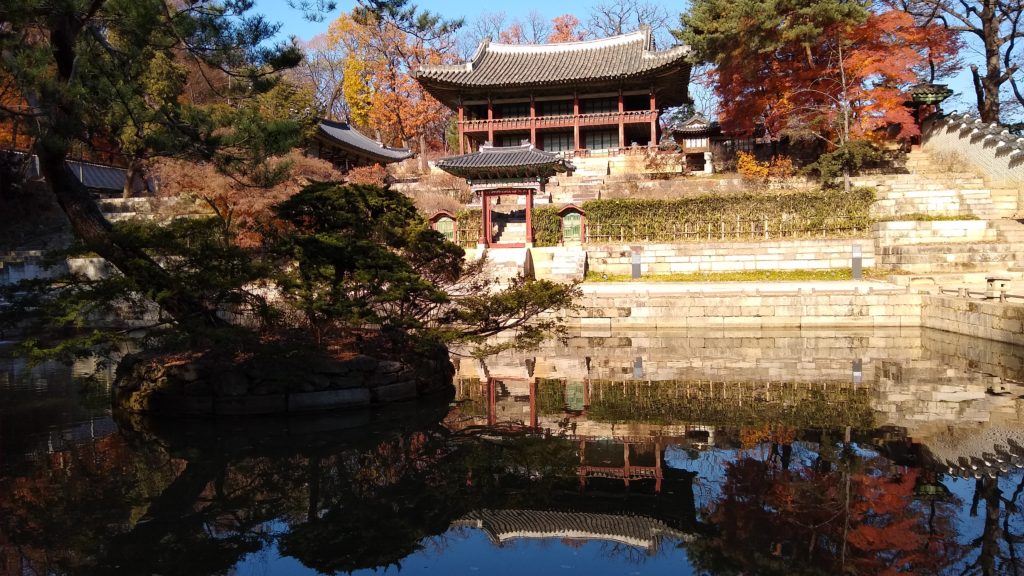
- Changgyeonggung, which can be accessed from Changdeok Palace. This palace was mainly the place of residence of concubines, princesses and their servants.
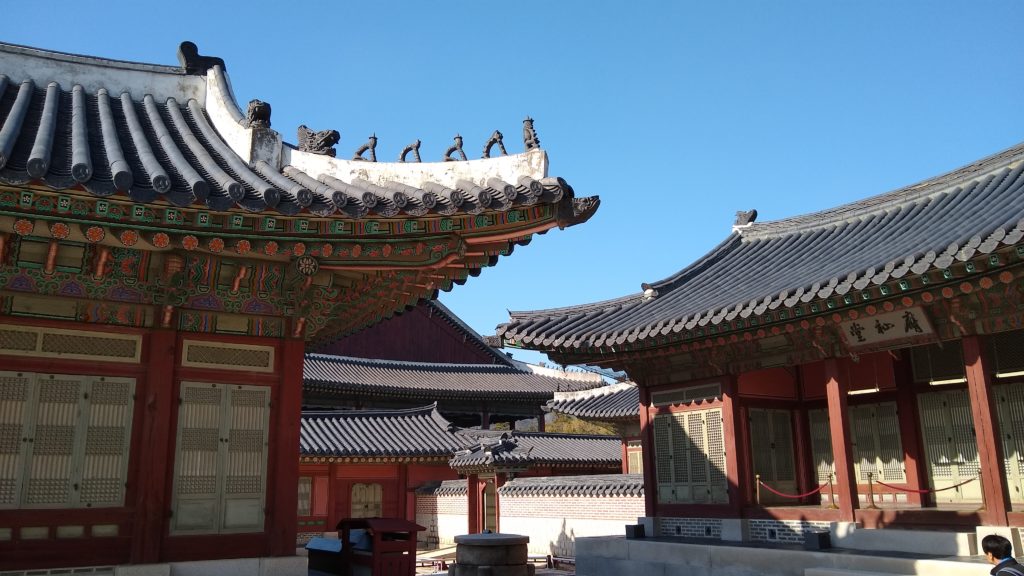
- Deoksugung, which contains both buildings of traditional Korean architecture and of Western architecture.
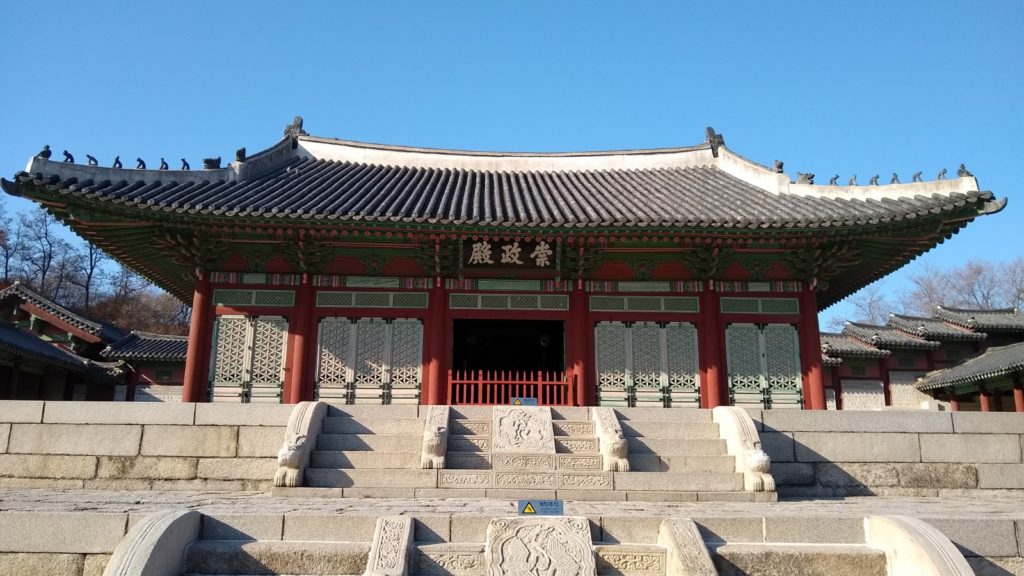
- Gyeonghuigung, probably the least visited of the palaces.
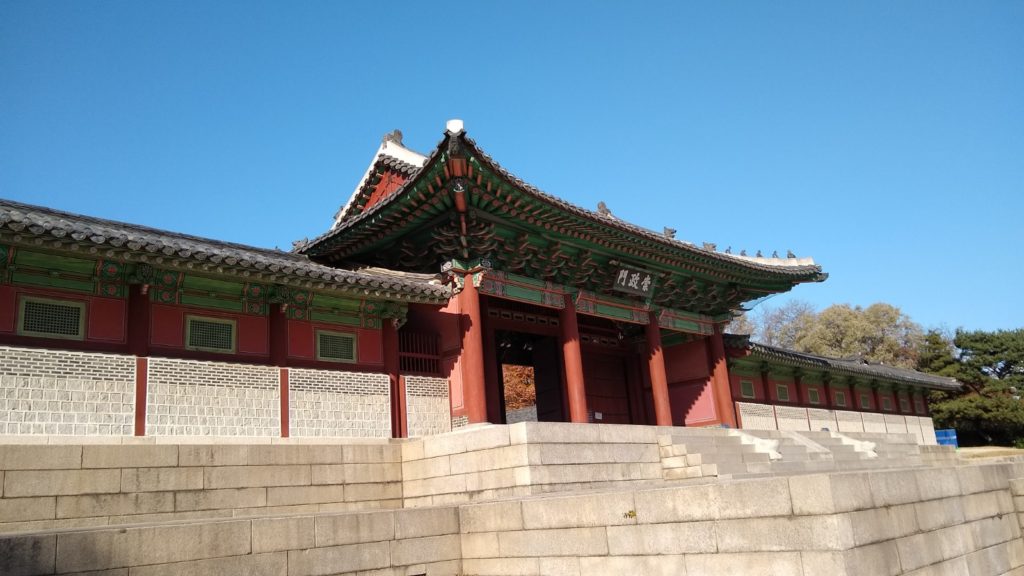
- Jongmyo Sanctuary, which houses the tablets of kings and queens of the Joseon dynasty. A ritual in memory of these monarchs is organized each year in May.
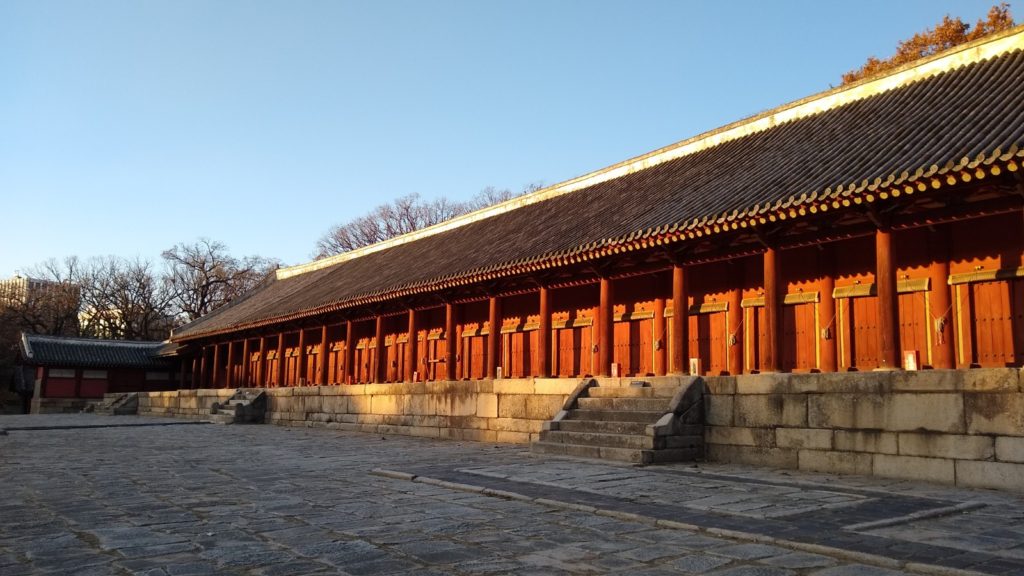
In addition to the palaces, Seoul has many temples and places of worship.
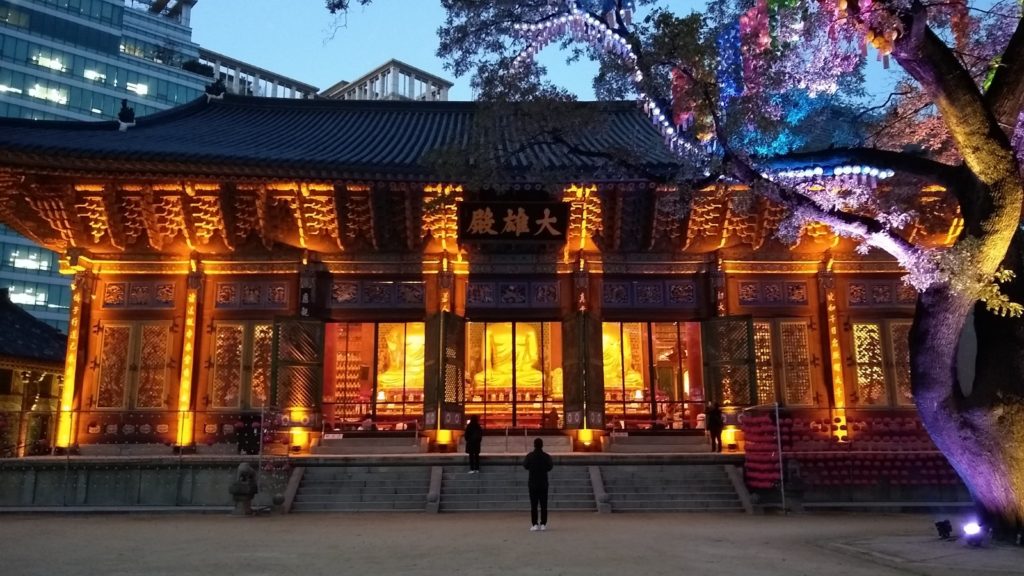
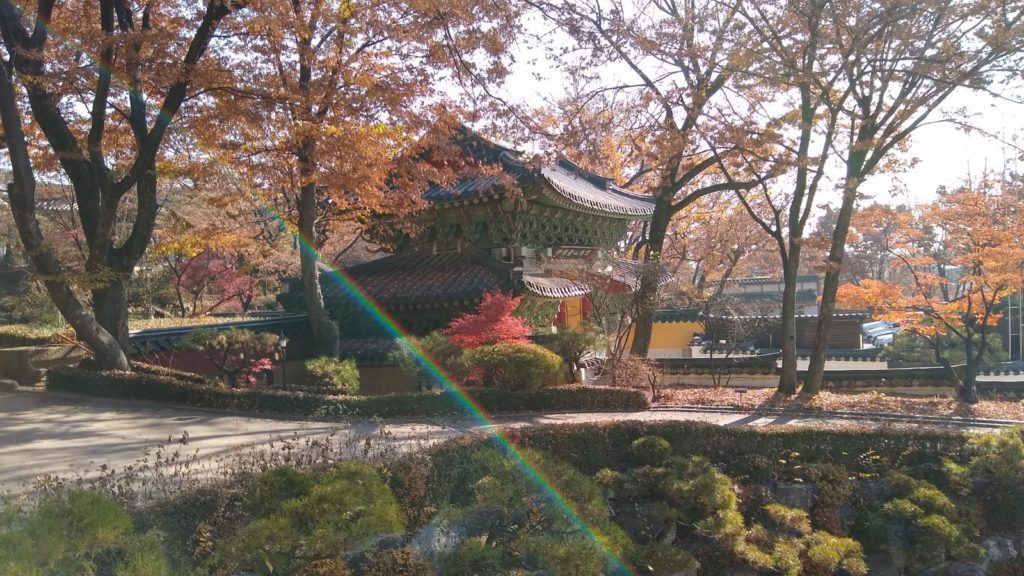
Seoul also has many museums, and we were able to visit the Seoul History Museum and the Korean War Memorial.
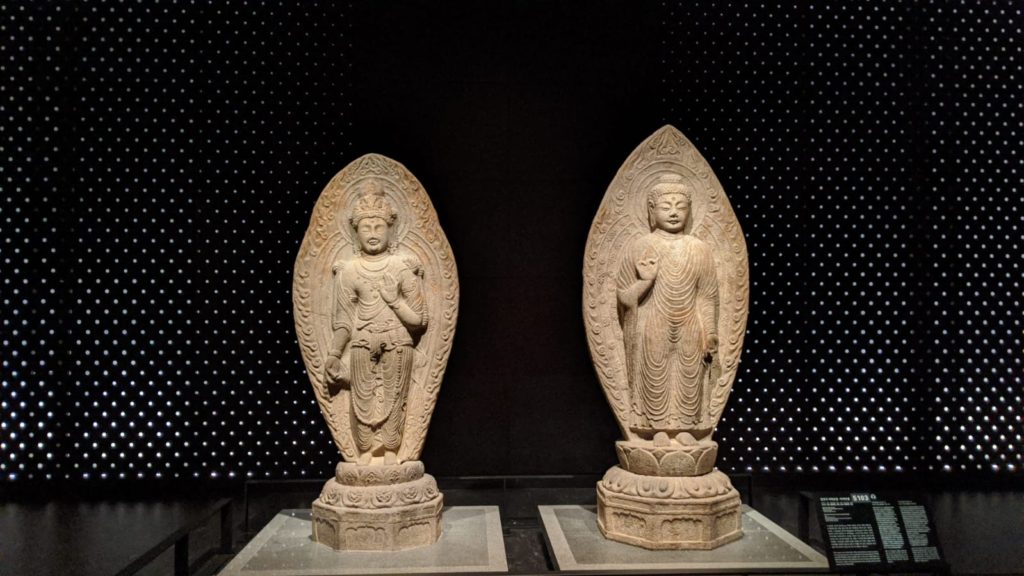
Finally, Seoul has preserved some historic districts, with their typical houses.
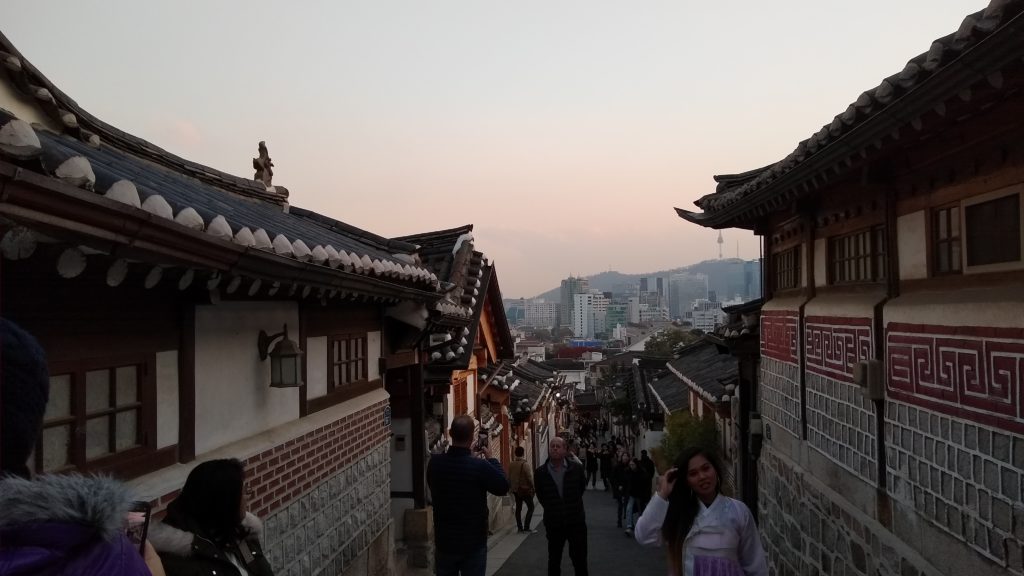
To learn more about Seoul, please watch the following video:
Pingback: androxal shipped over night without a perscription
Pingback: order enclomiphene generic overnight shipping
Pingback: cheap rifaximin cost usa
Pingback: order avodart purchase online uk
Pingback: purchase flexeril cyclobenzaprine generic equivalent
Pingback: how to order gabapentin generic switzerland
Pingback: generique kamagra sans ordonnance
Comments are closed.